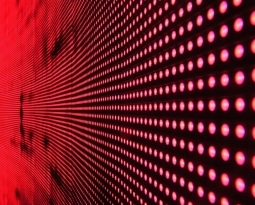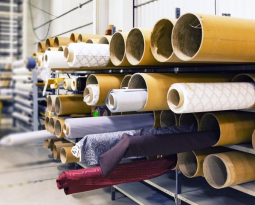Quebe v U.S. (2019)
BACKGROUND
Quebe v U.S. (2019)
Quebe Holdings, Inc (“QHI”) operates as three separate electrical companies: Chapel Electric, Romanoff Electric, and CRT Technologies. In 2013, QHI filed an amended tax return for the 2009 and 2010 financial years. For both claims, QHI used the “start-up” method to calculate its base amount, and the subsequent R&D tax credit.
BASE AMOUNT
The amount of R&D credit a company can claim is dependent on a “base amount” spent during a “base period”. This base period is 1984-1988, unless the company meets certain criteria, in which case it can claim an alternative period for “start-up” companies.
Traditionally, to calculate the base amount, a taxpayer (i.e. a company) calculates the percentage of gross receipts they spent on research from 1984-88. This percentage X the average gross annual income for the four years preceding the year being claimed = base amount. For example, if during that time a company spent 5% on R&D, and then in 2006 – 2009 its average gross annual income was $150,000, then the base amount for 2010 would be $7,500. This base amount represents what would have been spent on research, so the company can claim any qualified research expenses (QREs) above this amount (i.e. if the company spent $8,000 on R&D QREs it could claim $500).
When using the start-up calculation method, the base percentage automatically starts at 3%. In the example above, the company could claim anything more than $4,500 on QREs, if it met the criteria. Taxpayers can use the start-up period if:
(1)The first taxable year in which a taxpayer had both gross receipts and qualified research expenses begins after December 31, 1983, or
(2)There are fewer than 3 taxable years beginning after December 31, 1983, and before January 1, 1989, in which the taxpayer had both gross receipts and qualified research expenses.
BASIC FACTS
In Court in August 2015, the Government argued that QHI was not permitted to use the start-up method for claiming R&D. Two of QHI’s companies, Chapel Electric and Romanoff Electric, had gross receipts both before 1984 and during the 1984-88 period. And, some of the company’s research activities in 2009 and 2010 were also being performed in the 1980s.
The Government also argued that QHI failed to substantiate, or prove, its claim.
QHI returned, saying that Chapel Electric was mostly engaged in ‘Time and Materials’ based contracts. These contracts are routinely found to not qualify. It also stated that Chapel Electric did not have on offsite space for engineers to perform these activities (i.e. a prefabrication unit) in 1941-1988. Therefore, it argued that the same activities could not have been performed. Although QHI did not own Chapel Electric at that time, it was still claiming for the company and, as such, must provide evidence. However, the company provided no proof to support either of these claims. Instead, it argued that there needed to be evidence against the claims (i.e. the Government must provide proof).
Although it wasn’t the Government’s duty, the Government had actioned this case, and as such, came forward with proof. It provided evidence that the same activities were being performed in 1984-1988, as were performed in 2009 and 2010. These activities included: developing new means and methods, issuing requests for information (RFIs), implementing change orders, value engineering, determining pathways for conduit and wiring, coordination among trades and estimation.
COURT’S DECISION
The Court sided in the Government’s favor, and told QHI it was not entitled to its R&D tax refund. This was because QHI had failed to provide proof. And, it was wrong in implying that it was the Government’s duty to provide proof. The Court quoted 26 C.F.R. § 1.6001-1(a), saying a taxpayer “shall keep such permanent books of account or records . . . as are sufficient to establish” the amount of a credit claimed. Also, it “must retain records in sufficiently usable form and detail to substantiate that the expenditures claimed are eligible for the credit.”
LEARNINGS
Establishing base periods can be complicated, especially if ownership has changed hands or the company has had years where no R&D occurred. Companies using the start-up calculation method need to provide credible evidence that they were not performing qualified research in the 1980s. Although, this reasoning is somewhat counterintuitive; providing evidence that something didn’t happen is not always easy to produce. If there’s no clear evidence from that time, taxpayers may be able to make an estimate about those years. For example, a Court may accept a credible testimony which provides the number of R&D staff, and labor statistics to determine salary. However, this is not a certain method.
As with all R&D claims, companies should consider the documentation it has, and discuss with an R&D expert. Want to know more about claiming R&D tax credits? Connect with our R&D tax experts today.
Click here to read the full case.
Who We Are:
Swanson Reed is one of the U.S.’s largest Specialist R&D tax advisory firms, offering tax credibility assessments, claim preparation, and advisory services. We manage all facets of the R&D tax credit program, from claim preparation & audit compliance to claim disputes.
Swanson Reed regularly hosts free webinars and provides free IRS CE and CPE credits for CPAs. For more information please visit us at www.swansonreed.com/webinars or contact your usual Swanson Reed representative.

















